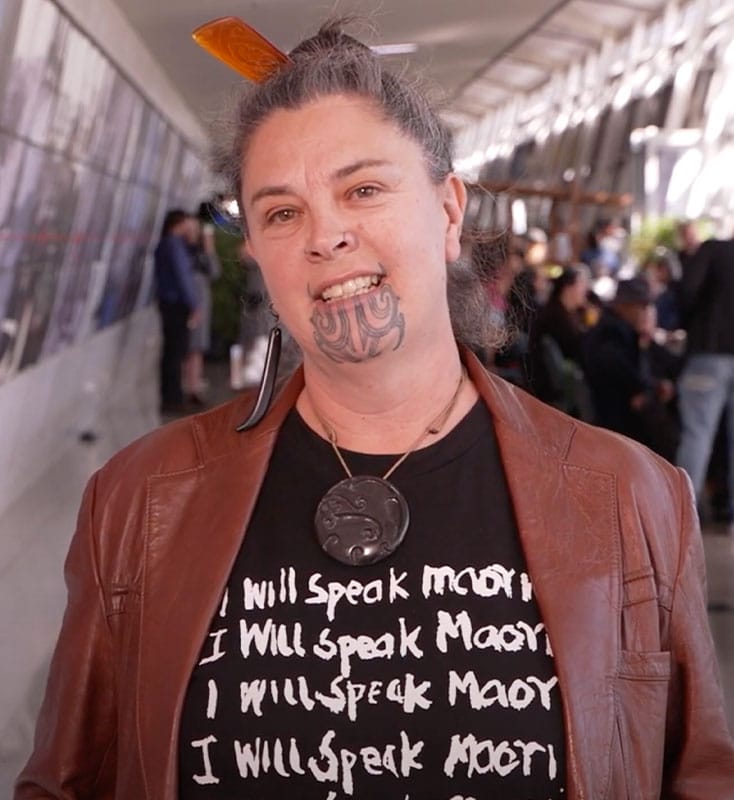Wanhalla, A.
Health Housing Need Housing Quality
Health and History, 8(1), 100-120
2006
This article provides a critical examination of the relationship between housing conditions and Māori health in New Zealand between 1930 and 1945.
As the author notes, the influenza epidemic after WW1 was the turning point in the history of health services to Māori, in which the Māori death rate was seven times that of the general population. The epidemic brought into Māori communities many observers and officials, who commented on what they considered to be ‘shocking’ living conditions. Wanhalla uses the native housing surveys conducted during this period, analysing how these surveys identified the substandard living conditions and addressed the health issues linked to the living conditions of Māori communities. The article delves into the historical context of Māori housing and health, highlighting the governmental policies and public health initiatives of the time. Wanhalla scrutinises the methods and findings of the native housing surveys, revealing how they portrayed the health implications of poor housing conditions among the Māori. The surveys played a crucial role in informing public health policies and prompted significant government intervention in Māori housing. Wanhalla points out that the housing surveys of the time reveal a broader agenda of Europeanizing Māori society, encompassing the transformation of family structures and gender relations. Housing emerged as a crucial aspect of government intervention and reform, serving as a benchmark to assess the adoption of Western lifestyles by the Māori. However, the transition to Western-style homes was not as seamless as official reports might have suggested. In the absence of a standardised housing policy, many Māori families lived in homes that were architecturally hybrid and adopted Western spatial usage selectively. Wanhalla highlights the Board of Māori Affairs’ efforts to encourage the construction of Western-style homes among Māori, primarily as a means to improve health through better living conditions and sanitation. This initiative, however, faced significant challenges due to the complexities of Māori land ownership, hindering the Board’s efforts to enhance Māori living conditions through housing schemes. From the perspective of Māori leaders, improved housing was not only a health issue but also a component of a broader vision for social and economic advancement. Yet, the pursuit of home ownership often led to financial strain, exacerbating issues of debt and poverty among Māori families. Wanhalla’s analysis extends beyond the immediate health concerns to explore the broader social and political implications of the surveys. She argues that these surveys not only shed light on the physical health of the Māori but also reflected broader colonial attitudes and policies towards indigenous people. The article provides a nuanced understanding of how health and housing were intertwined with issues of race, policy, and social justice.










